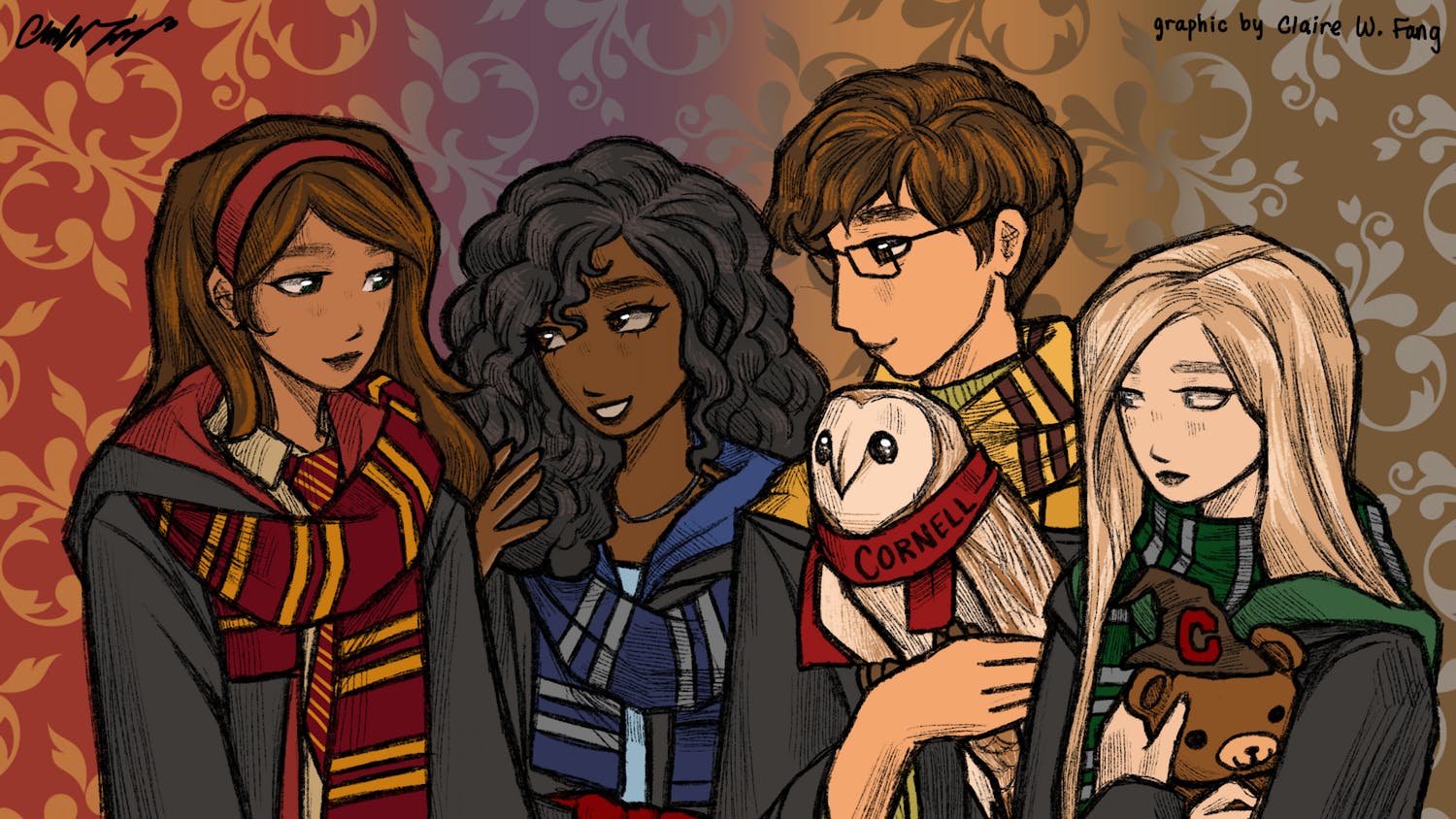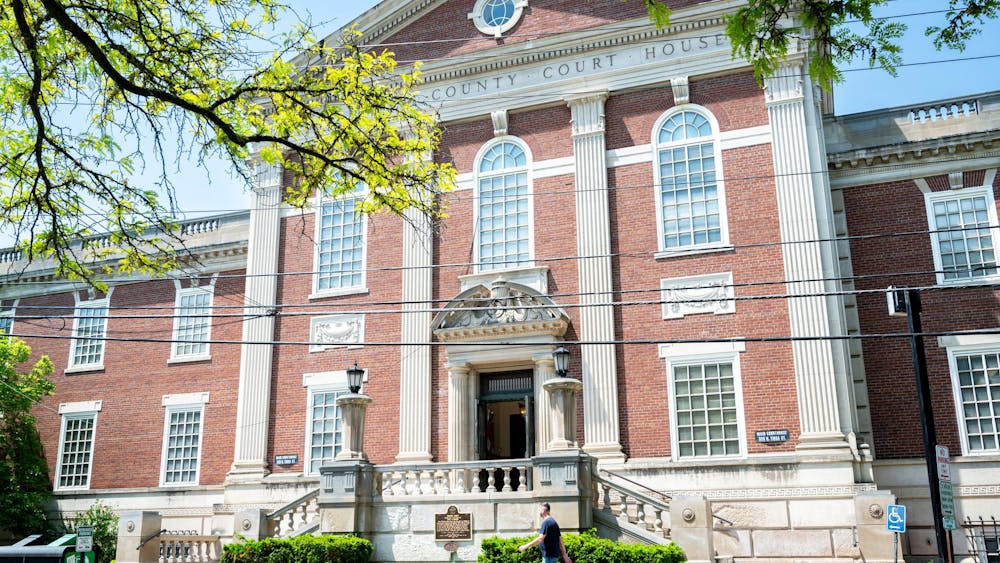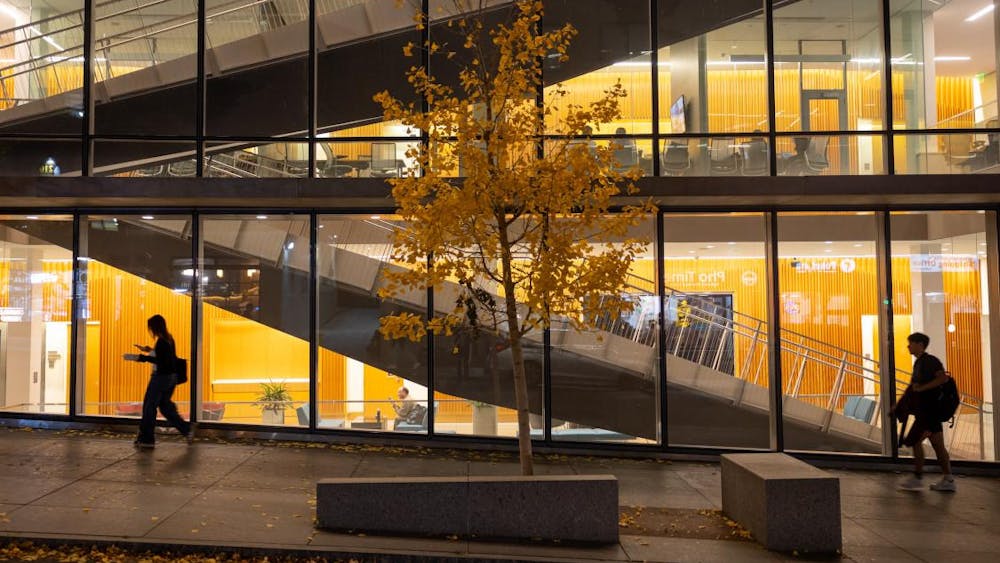Tonight’s presidential debate is estimated to have 100 million viewers — a size comparable to that of the Super Bowl, and a testament to the way that debates have become something of a spectator sport. While the televised debate seems like a staple of the American election process, the tradition is relatively new, and has changed the way that voters view and evaluate their candidates.
The first televised presidential debate took place in 1960, with a match-off between incumbent vice president Richard Nixon and lesser known senator John F. Kennedy. Because there was no precedent regarding how important body language and optics would be to the viewers, Nixon’s appearance was unpolished, and his lead eroded as he was outshone by the personable JFK. Nixon looked sweaty and “unpresidential” next to a handsome, composed Kennedy, and voters integrated those visual cues into their evaluations of both candidates.
The introduction of television coverage alongside traditional radio made it less clear who the “winner” of the debate was. Those who watched the debate believed that Kennedy had performed better, while those who listened on the radio believed that Nixon had won. This incongruity gave immediate insight into the growing importance of presentation in campaigns. Now candidates not only had to sound smart and presidential but they needed to look it too. A headline from The Sun that ran after this debate read “Students See Recent Debate; Probe Kennedy-Nixon Images,” and concluded that among Cornell students who had watched the debate, Kennedy was the cited winner. The reach and the permanence of this first debate — and many others since then — have gone down in history, and I predict that tonight’s will as well.
This year, as a female candidate is thrown into the mix for the first time, it will be interesting to note how her presence will change the dynamic and the criterion on which voters judge overall performance. The media has a history of disproportionately criticizing female candidates for their appearances. For each paint suit joke that the Hillary campaign laughs off or tries to reclaim, there are several more about her face, body and general composure that come from a place that is less benign. In a spectacle tonight that depends on imagery and optics to lend cues to voters, one can only wonder how these cues will translate through the prism of gender.
Unlike the debates in the primary, general election debates alone are unlikely to cause radical empirical shifts in candidate support. I would argue that while they aren’t set up to change the game entirely, they certainly have the power to move the needle. And we see this again and again. Beyond Nixon and Kennedy, there are plenty of examples in which debates were perceived to alter the trajectory of the race. In 1980, John Anderson and Jimmy Carter both performed poorly against Ronald Reagan, and saw almost immediate repercussions in the polls, followed by defeat. In 2000, a loud sigh from Al Gore during his debate is cited as one of the triggers of his decline and eventual loss. The list goes on and on, and while in isolation a bad debate performance isn’t necessarily the kiss of death, it has the potential to be the straw that breaks the camel’s back.
Studies show that voters use heuristics to make decisions about who to vote for, and that these heuristics can be basic and fixed physical characteristics, like the relative heights of candidates. Taller candidates with deeper voices are shown to be more likely to be elected than their shorter, higher pitched counterparts.
Trump undeniably has Clinton beat in terms of height and the depth of his voice. And as for “looking presidential,” America’s track record of exclusively male presidents throughout history would imply that he’s beating her in that regard, too. And while this superficiality may sound ridiculous, appearance cannot be denied as an indicator for voters. Because debates have the power to nudge the course of elections, and because it has been shown that voters are likely to be charmed or dissuaded by visual cues, tonight looks as if it will be a debate unlike any other. In a mix of policy and pageantry, two candidates will try to sell themselves to the American people with every asset they have — from tone to body language to facial expressions. Tonight we find out how the chips fall, and if the needle moves — all 100 million of us.
Jacqueline Groskaufmanis is a sophomore in the College of Arts and Sciences. She may be reached at jgroskaufmanis@cornellsun.com. The Dissent appears alternate Mondays this semester.










